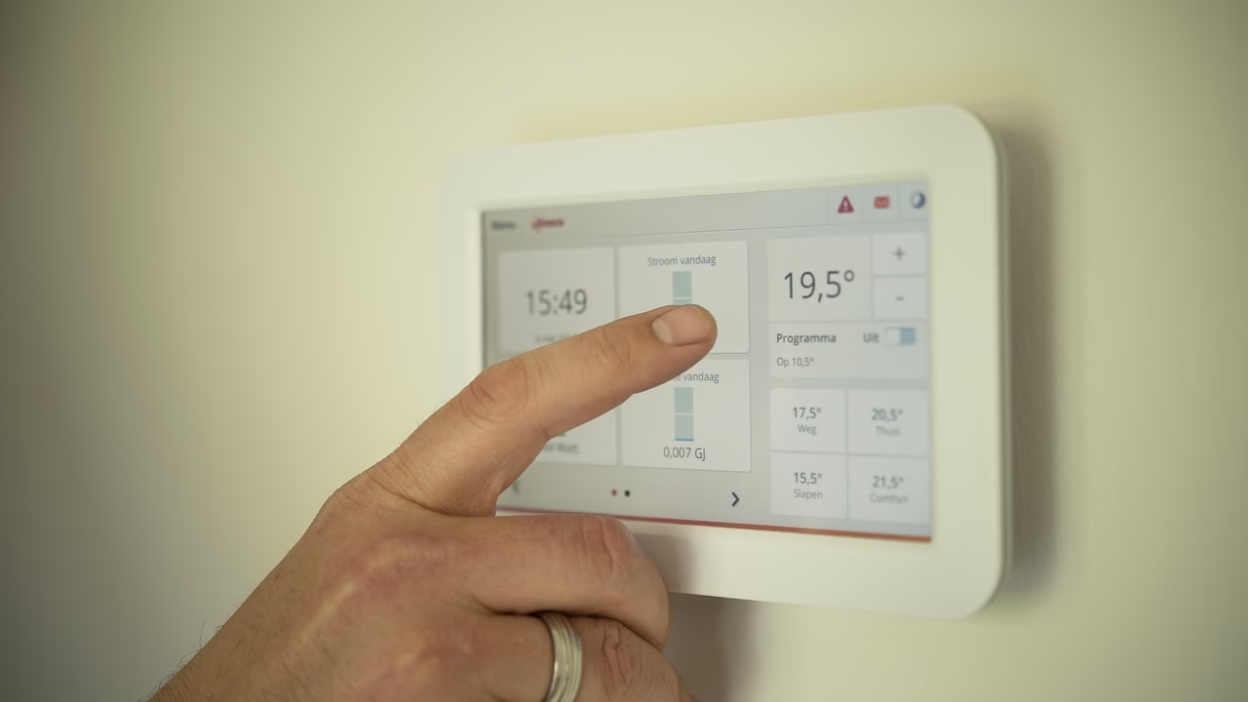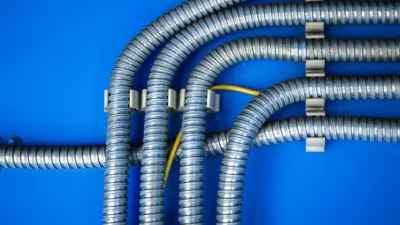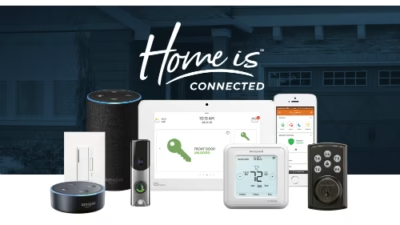Smart homes are no longer futuristic concepts — they’re here, changing how we live, work, and interact with our spaces. Smart home devices help homeowners improve security, save energy, and enjoy everyday conveniences. From voice assistants to smart thermostats and security cameras, these devices are designed to make life easier, safer, and more efficient.
If you’re curious about which devices are worth your investment, how they work, and why they matter, this guide will cover everything you need to know.
What Are Smart Home Devices?
Smart home devices are connected appliances and systems that can be controlled remotely via smartphone apps, voice commands, or automation. They typically work through Wi-Fi, Bluetooth, or specialized hubs like Zigbee or Z-Wave.
Examples include:
-
Smart speakers (Amazon Alexa, Google Nest)
-
Smart thermostats (Nest Thermostat, Ecobee)
-
Security systems (Ring, Arlo, SimpliSafe)
-
Smart lighting (Philips Hue, LIFX)
-
Connected appliances (smart ovens, refrigerators, washing machines)
According to Statista, the global smart home market is expected to surpass $200 billion by 2026, showing just how rapidly adoption is growing.
Benefits of Smart Home Devices
-
Convenience – Control your home with your phone or voice. Imagine turning off the lights without leaving bed.
-
Energy Savings – Devices like smart thermostats and plugs cut energy use. Energy.gov reports that smart thermostats can save up to 10–15% on heating and cooling costs.
-
Security – Video doorbells, cameras, and smart locks give peace of mind whether you’re home or away.
-
Customization – Automate routines like “morning mode” (lights on, coffee maker starts) or “away mode” (locks, alarms, and cameras armed).
-
Property Value – Homes with pre-installed smart systems are increasingly attractive to buyers.
Popular Categories of Smart Home Devices
1. Smart Speakers & Assistants
Devices like Amazon Echo and Google Nest Hub are the gateway to smart homes. They allow voice control of lights, appliances, and even shopping lists.
Learn more: Amazon Alexa Smart Home
2. Smart Thermostats
Control heating and cooling efficiently. Nest and Ecobee learn your habits to save energy automatically.
Guide: Nest Thermostat – Energy Savings
3. Smart Lighting
Switch to customizable lighting you can dim, color change, or schedule. Great for security and ambiance.
4. Smart Security Systems
From Ring video doorbells to SimpliSafe alarm systems, security devices protect your property and loved ones.
Explore: Ring Smart Security
5. Smart Plugs & Switches
Turn any device “smart” by plugging it into a connected outlet. Affordable entry point into home automation.
6. Smart Appliances
Fridges that remind you when groceries run low, ovens you can preheat on your way home — the future is here.
Smart Home Devices and Integration
A smart home works best when devices communicate. Many devices now work seamlessly with platforms like Amazon Alexa, Google Assistant, and Apple HomeKit.
If you want future-proof wiring, consider installing Ethernet with smurf tubes during renovation. This supports:
-
PoE cameras
-
Smart alarms
-
Smart thermostats
-
Smart TVs and streaming hubs
(Read more in our guide: Why Hardwiring Your Home Is Still the Best Option for Smart Tech).
Are Smart Home Devices Worth It?
Yes — if chosen wisely. However, keep in mind:
-
Some devices require subscriptions (e.g., cloud storage for cameras).
-
Privacy concerns exist with always-on microphones and data sharing.
-
Not all devices work well together unless you choose a unified platform.
For many homeowners, the benefits outweigh the cons, especially with energy savings and security improvements.
Cost of Smart Home Devices
Here’s a general breakdown of common devices:
| Device Type | Price Range | Subscription Needed? |
|---|---|---|
| Smart Speaker | $30–$150 | No |
| Smart Thermostat | $100–$250 | No |
| Smart Lighting | $15–$200 | Optional (hubs) |
| Smart Security Kit | $200–$600+ | Often (storage/alerts) |
| Smart Appliance | $500–$3,000+ | No |
The Future of Smart Home Devices
Expect AI-driven personalization, smarter energy monitoring, and full integration with electric vehicles and renewable energy systems. As 5G expands, devices will respond faster, with more reliability.
Final Thoughts
Smart home devices are reshaping how we live — offering convenience, safety, and savings. Whether you’re starting with a smart plug or building a fully automated home, investing in the right devices can improve your lifestyle and add value to your property.
Looking to get started? Check out trusted guides at CNET Smart Home and TechHive.



